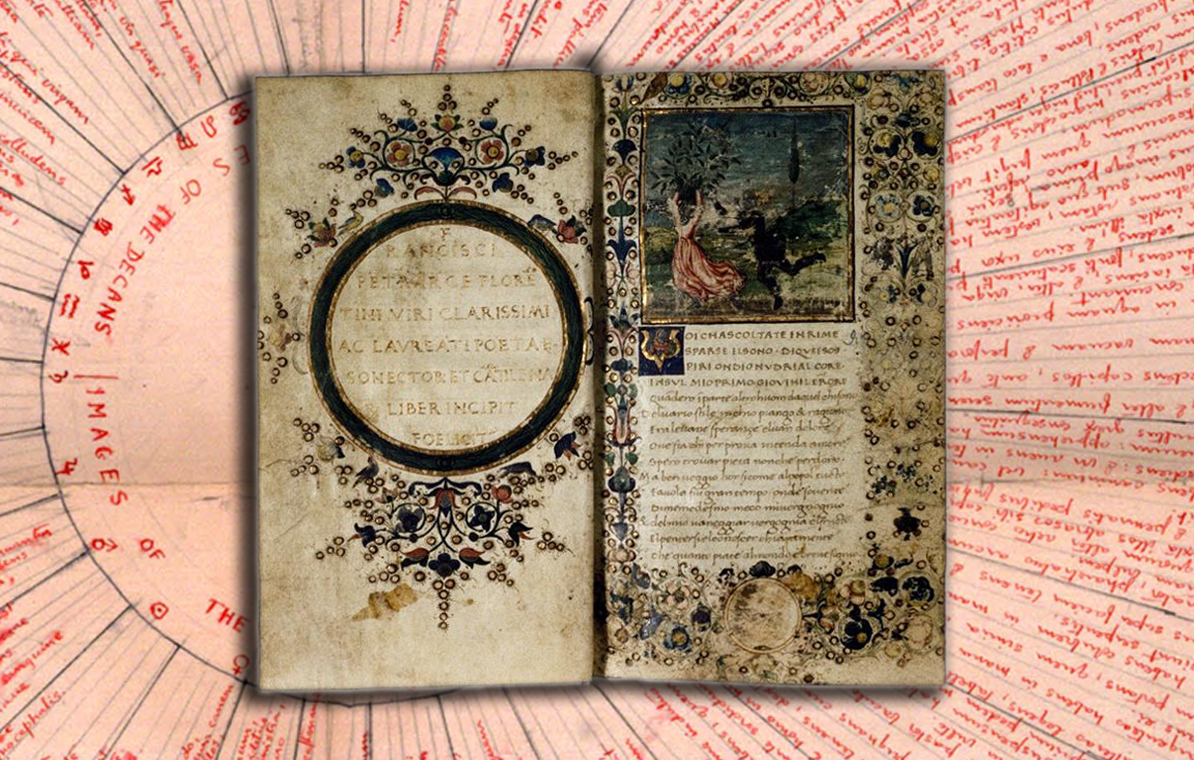Chaucer and Petrarch: “S’amor non è” and the Canticus Troili
DOI:
https://doi.org/10.5399/uo/hsda.1.1.1166Abstract
The scholastic ambience of S’amor non è (Rvf 132) is not accidental; in it Petrarch demolishes the medieval cornerstone of knowledge by contradicting Aristotle’s law of non-contradiction. When Chaucer, however, translated the sonnet in the Troilus, he had to ponder its pensive U-turns within the framework of Boccaccio’s Filostrato. From this perspective, Troilus’s “If no love is” is less a retort to the law of non-contradiction than an interrogation of the law of the excluded middle. Chaucer’s Pandarus simultaneously substantiates the law and gives it the lie.Downloads
Published
2010-12-21
Issue
Section
Interventions
License
Copyright (c) 2011 Warren Ginsberg

This work is licensed under a Creative Commons Attribution-NoDerivatives 4.0 International License.
Authors who publish with this journal agree to the following terms:
- Authors retain copyright and grant the journal right of first publication with the work licensed under a Creative Commons Attribution No Derivatives License that allows others to share the work with an acknowledgement of the work's authorship and initial publication in this journal.
- Article and journal metadata is released under a Creative Commons Attribution license.
- Authors may enter into separate, additional contractual arrangements for the non-exclusive distribution of the journal's published version of the work (e.g., post it to an institutional repository or publish it in a book), with an acknowledgement of its initial publication in this journal.
- Authors are permitted to post their work online (e.g., in institutional repositories or on their website) prior to and during the submission process, as this can lead to productive exchanges, as well as earlier and greater citation of published work (See The Effect of Open Access). Indicate that the manuscript is under submission.

